Chronic Myelogenous Leukemia Phases and Treatment

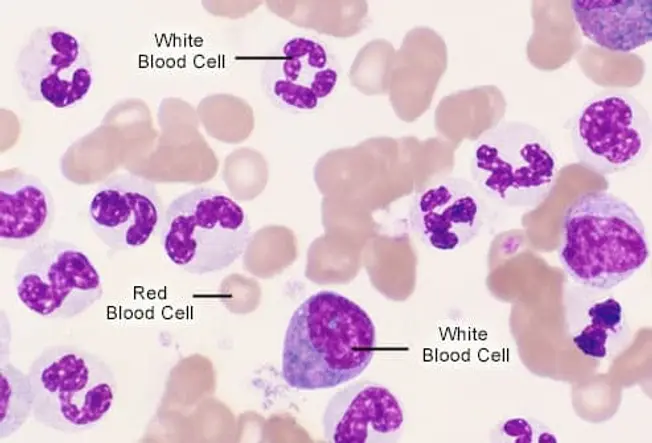
What's Happening in Your Blood?
CML affects your bone marrow, where blood cells are made. When you have this cancer, it makes a lot of abnormal white blood cells that don't fight infections well. As they build up in your body, they crowd out your healthy blood cells.

The Role of Chromosomes
They carry genes, which tell your cells what to do. When you have CML, pieces of chromosomes 9 and 22 break and switch places. The result is a version of chromosome 22 that's called the "Philadelphia" chromosome. It carries a new gene called bcr-abl, which sets off a process that creates abnormal white blood cells.
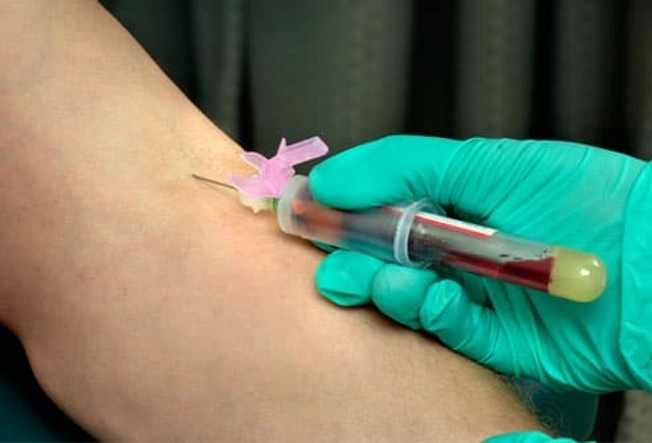
Chronic Phase
You probably won't have any symptoms during this period. Only a small number of abnormal white blood cells are in your blood and bone marrow, so your body is still able to fight infections. Even though you might not feel sick now, it's important to get treated so your disease doesn't get worse.
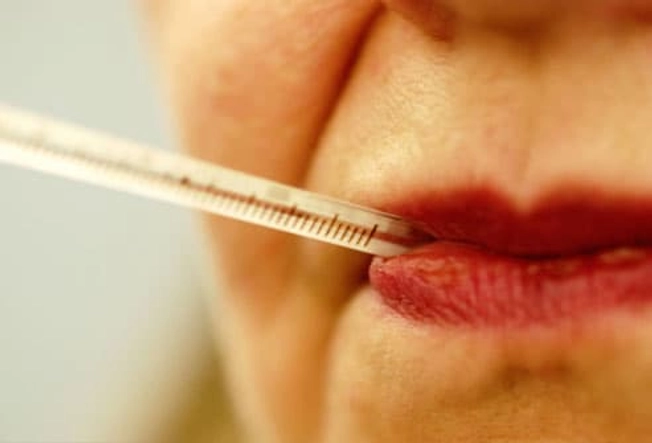
Accelerated Phase
When you're in this stage, the number of your abnormal blood cells has increased. You may feel tired, lose weight, get short of breath, or have a fever.

Blast Phase
The number of abnormal blood cells in your bone marrow and blood is now high. At the same time, you have fewer healthy red and white blood cells and platelets. You're more likely to get infections, and you may have anemia or bleeding that's hard to control. Without treatment, this stage can be life-threatening.

Targeting the Abnormal Protein
You may first be treated in the chronic phase with drugs called tyrosine kinase inhibitors (TKIs). They kill off CML blood cells by blocking the protein made by the abnormal gene bcr-abl. You may have side effects like rashes and swollen skin, nausea, muscle cramps, and diarrhea. When TKIs can't control the disease, there are other treatment options.
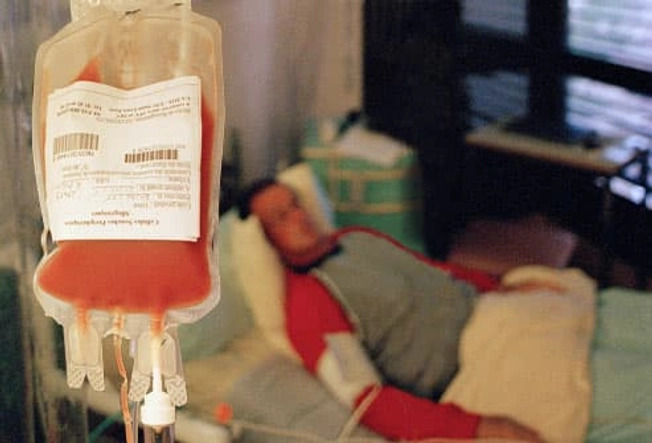
Stem Cell Transplant
It's an option for some people who don't respond to TKIs or other therapies. First, you get high doses of chemotherapy drugs to kill blood-forming stem cells in your bone marrow. Then, you receive stem cells from a matched donor. These will form new, healthy blood cells. A stem cell transplant has the best chance to cure CML. But newer treatments that target bcr-abl can also help many people get into remission.

Can I Get a Stem Cell Transplant?
The procedure tends to work best for people who are:
- Younger rather than older
- In the chronic phase
- In overall good health
The high chemotherapy doses used for transplants have risks. Side effects can include infections and anemia, but as you recover, most will go away.

Other CML Treatment Options
If TKIs aren't working, other choices include:
- Chemotherapy drugs taken by mouth to kill abnormal cells throughout your body, such as the meds hydroxyurea or busulfan
- Biological drugs, like interferon, that push your immune system to fight off the cancer
- New, experimental CML treatments you can try if you join a clinical trial
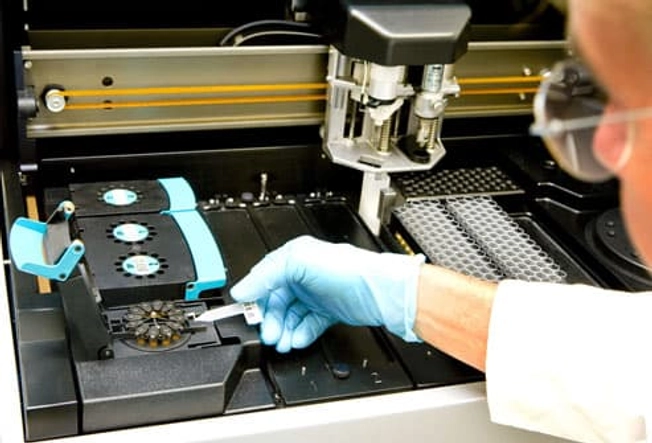
Check-ups
When you have CML, you'll see your doctor at least every few months to learn how well your treatment is working and look for side effects. They may recommend that you get:
- Complete blood count and bone marrow tests to measure red and white blood cells and platelets
- Fluorescent in situ hybridization (FISH) test to see how many cells contain the Philadelphia chromosome
- Polymerase chain reaction (PCR) test to look for the bcr-abl gene

Questions About Your Treatment
When you see your doctor, ask them:
- What CML phase am I in?
- What are my treatment options and what side effects might I get?
- Should I get a second opinion?
- Can I join a clinical trial that's testing an experimental therapy?

Be Active in Your Treatment
Take a few simple steps to make sure you get the help you need:
- Go to all of your checkups so your doctor can change your therapy if it's not working.
- Tell them about any side effects you have.
- Get some emotional support from friends, family members, or your medical team.

Signs Your Treatment Is Working
Your doctor will look for progress in these areas:
- An improvement in the number of healthy white blood cells and platelets
- Fewer cells with the Philadelphia chromosome in your blood and bone marrow
- Fewer cells with the bcr-abl cancer gene

Am I in Remission?
Your doctor will say your disease is no longer active when:
- Your blood cell count is normal
- No cells with the Philadelphia chromosome can be found in your blood or bone marrow
- None of the abnormal gene can be found in your blood
Being in remission isn't the same as being cured. The cancer can return.
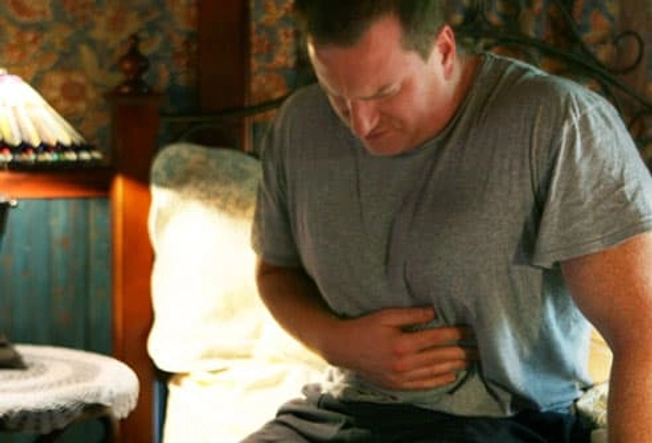
Watch for Symptoms of a Relapse
CML can come back even after it's been successfully treated. Warning signs of a relapse include fatigue or weakness, weight loss, fever, night sweats, bone pain, swelling or pain on the left side (a symptom of an enlarged spleen), and a feeling of fullness in the belly. Call your doctor if you notice any of these red flags.
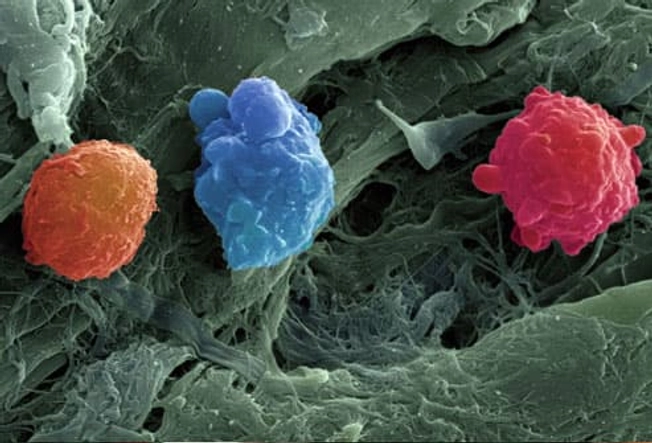
Why Isn't My Treatment Working?
CML therapy works well for most people, but not everyone. Reasons why your treatment might stop helping include that the cancer cells change (mutate) or not enough medication gets into your bloodstream. If your treatment isn't effective, your doctor may adjust your drug doses or switch you to another therapy.